Dry Brush Watercolor (Secrets to This Technique!)

You’ve seen it… You’ve heard about it!
Now you want to know what it is and, most importantly, how to do it!
A dry brush painting method in watercolor produces fantastic textures and is valuable for certain types of painting effects.
But this technique can be tricky to master!
In this article, I’ll explain exactly what watercolor dry brushing is and give tips on how to apply this method successfully.
Get your brushes ready 🙂
What is the dry brush watercolor technique? (A quick definition)
Dry brushing is a dry surface technique using a damp, well-blotted brush to paint broken streaky watercolor textures. The dry brush is dragged across the rough paper surface, depositing pigment on the raised bumps but leaving the valleys untouched.
The result is a broken dappled-looking brush mark – with specks of color and white paper showing through here and there.

This technique is also sometimes referred to as “dry-on-dry.” And a few artists condense the two words and call it “drybrushing.”
The results of dry brushing are always slightly random. Even with good technique, the outcome is somewhat haphazard and irregular.
But that’s one of the beauties of watercolor painting! The happy mistakes produced by a dry brush method add depth of texture and interest to your work 🙂
But of course, the more you consciously apply this technique, the better you’ll get at it.
How do you paint a dry brush watercolor effect?
Each artist has a slightly different approach to painting a dry brush technique, but the general principle is the same. To successfully paint with this method, you must control the moisture level on your brush. Applying the correct amount of pressure to the surface is also key.
This can take a bit of practice. Don’t worry if you get it wrong the first time!
It helps to do a few painting drills to get a feel for how this technique works. Later I’ll show you a quick exercise you can use to get to grips with dry brushing.
How to do dry brush watercolor step by step:
- Load your brush with watercolor paint.
- Blot away most of the moisture using a paper towel, or squeeze the bristles with your fingers to leave a small amount of paint.
- Skim the brush across the paper without pressing it down hard. The brush should partially touch the paper. Quicker, more confident brush strokes tend to work best.
Squeezing the belly of the brush also splays the hairs. This can be an excellent way to improve the broken streaks produced by dry brushing.
Getting the best results is a matter of judgment. The wetness of the brush needs to be not too wet or too dry! And the pressure applied by your hand should be careful.
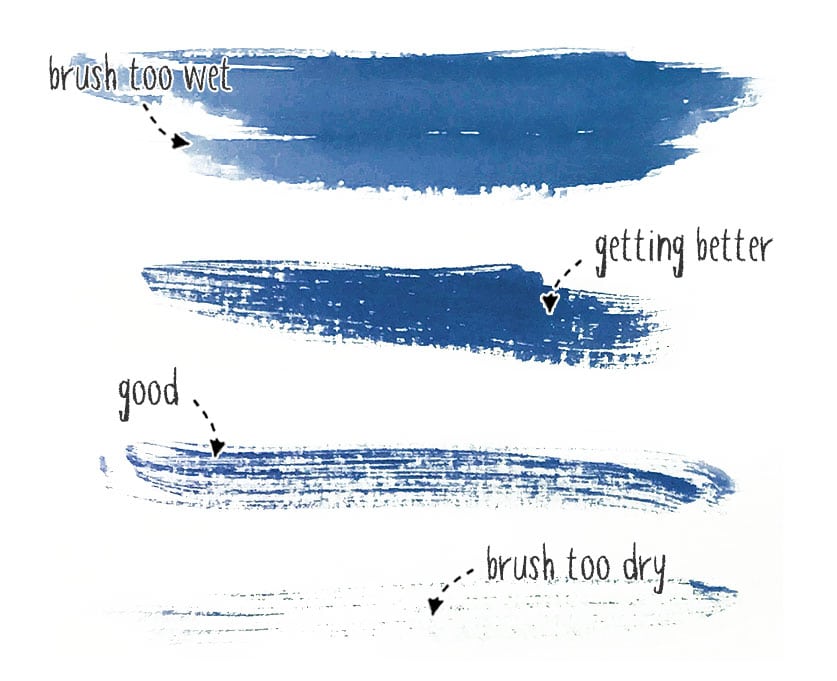
Tips & mistakes to avoid:
The speed of your brush strokes should be pretty rapid. Resting the brush head on the surface will give the paint time to sink into the “valleys” of the paper, spoiling the effect.
Confident gestures with your brush will yield better results. Try to avoid repeatedly scrubbing the paper surface.
Also, make sure no damp areas remain on the paper. Any dampness will soak up the paint and create a diffused blotch of color.
You need to work on a dry flat surface to avoid mistakes. This can be problematic since watercolor paper tends to buckle when wet! The raised undulating paper surface makes it very difficult to apply dry brushing. You can’t keep your brush head at the correct distance from the paper surface (unless you’re a genius!).
Taping down the paper onto a board can help. Alternatively, watercolor blocks hold their form reasonably well without too much cockling. Otherwise, it may be necessary to stretch your paper beforehand.
Thicker paint mixed with less water makes the process easier – but it depends on the tonal value you’re seeking. Thicker paint will be darker and more intense in color.
Drybrush Materials:
You’ll find you get a better outcome using the appropriate watercolor supplies for dry brushing. Here’s an overview of what works and what doesn’t.
What paper is best for dry brushing?
As you’ve probably guessed, the texture of the watercolor paper plays an essential role in this painting method. A rough, pitted surface is necessary, so the paint adheres to the protruding bumps.
Smooth hot-pressed paper will not do!
The grain of watercolor paper varies from one manufacturer to another. This grain will be apparent when using a dry brush technique (personally, I like Arches).
Choose paper with a good textured grain for dry brushing:
- Hot press paper: not good
- Cold press watercolor paper: good
- Rough watercolor paper: best
What is the best brush to dry brush in watercolor?
There are no fixed rules about which brushes work best for this method, but generally speaking, they should be fairly big and have a flat edge.
Flat brushes are preferred by most artists. However, fan brushes can also produce interesting dry brush effects. Large round brushes can also be used, but you need to paint with the side of the brush (using the belly and not the tip).
Natural hair brushes like sable or squirrel can release the paint more consistently and longer. They don’t quickly release their load upon touching the paper and allow longer flowing brush strokes.
You could also try stiffer brushes (such as hogs hair bristles, customarily used for oil painting). The more rigid hairs naturally produce an uneven application of paint.
Dry Brush Exercise
To get accustomed to dry brushing, try this simple painting drill.
- Pick a small sheet of rough paper (8 x 8 inches, for example)
- Prepare your brush by loading the paint and blotting off some moisture.
- Paint down the page using repeated horizontal brush strokes – from left to right. Don’t pick up any new paint – let the brush run dry.
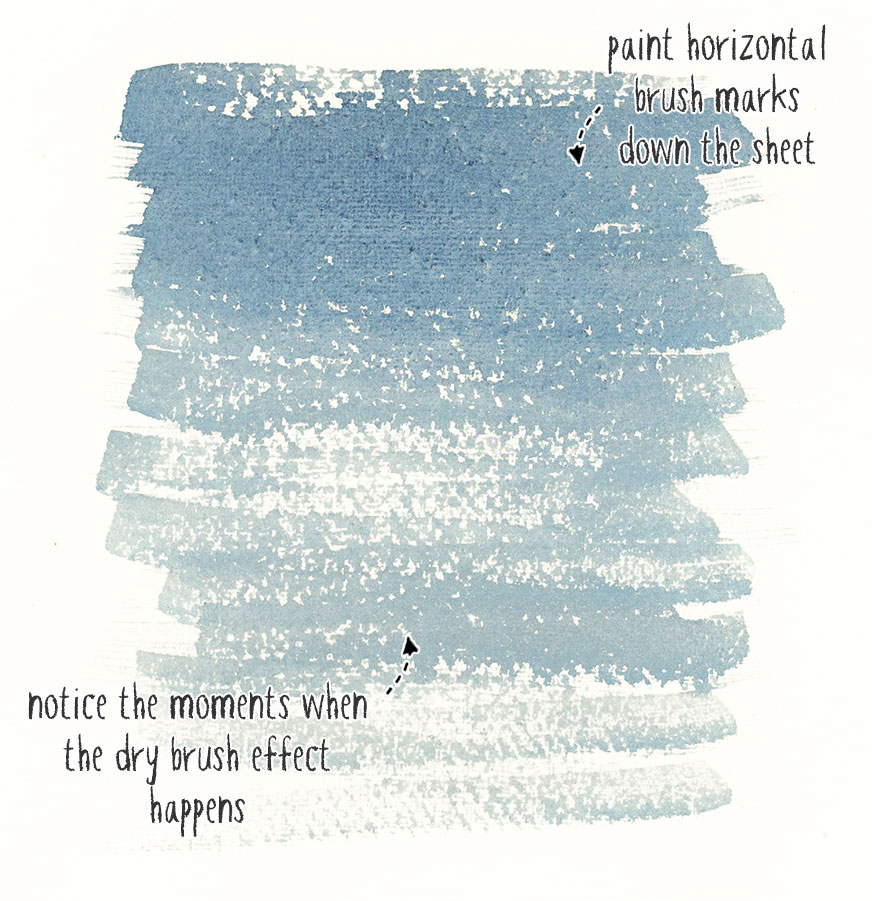
Pay attention to the moment when the brush starts producing uneven white paper freckles. Play around with the pressure you apply to see how this affects the appearance.
Painting examples (What to use drybrush for?)
You will often see dry brush effects used for things like water reflections on a seascape. This technique is perfect for imitating the sparkle of light on a rippled surface.
But in truth, the only limit is your imagination 🙂
There are lots of situations that benefit from dry brushing.
For example, I’m a big fan of the work by the contemporary watercolor artist Chien Chung Wei (see an example below).
He uses dry brush to leave speckles of light and detail. He seems to paint shapes with broken edges effortlessly, making your imagination complete the picture.
Beautiful!
Read this next for complete overview of all the watercolor techniques…

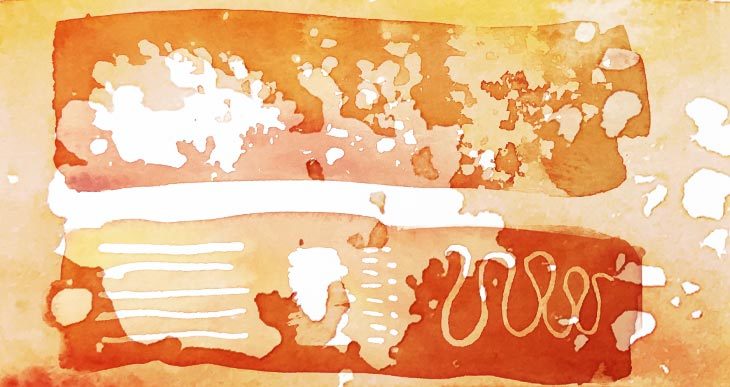

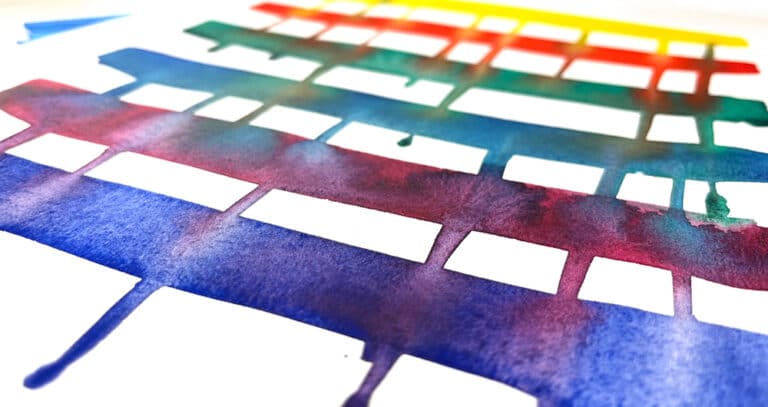
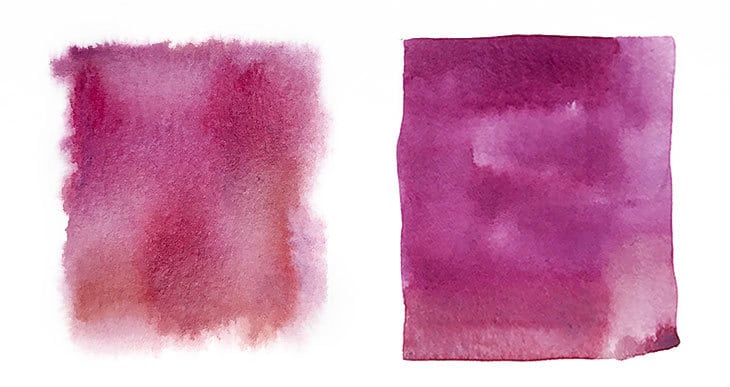
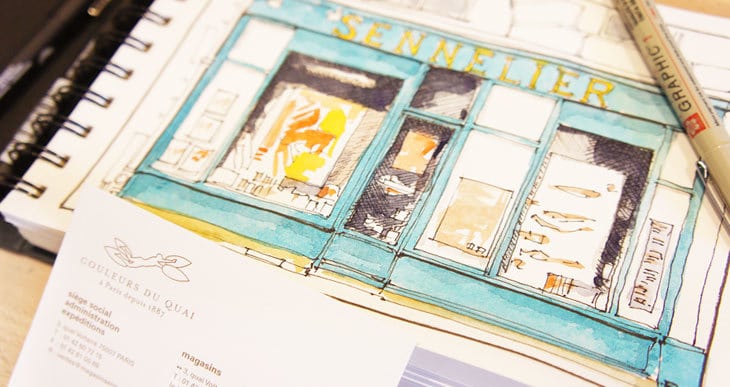
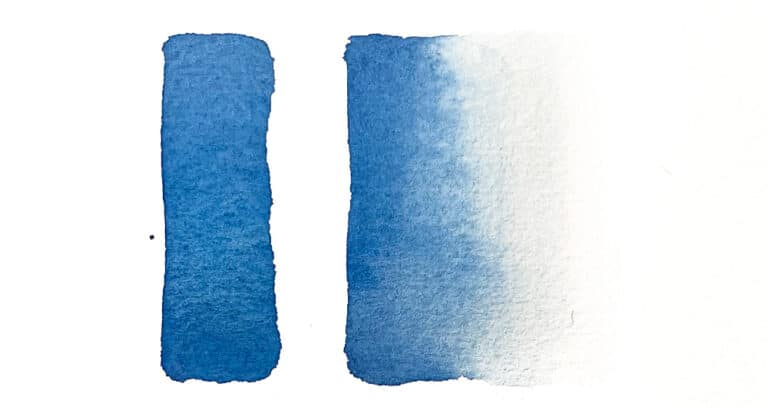
you do a fantastic job of explaining what to do and not do for improved watercolor
Thanks 🙂